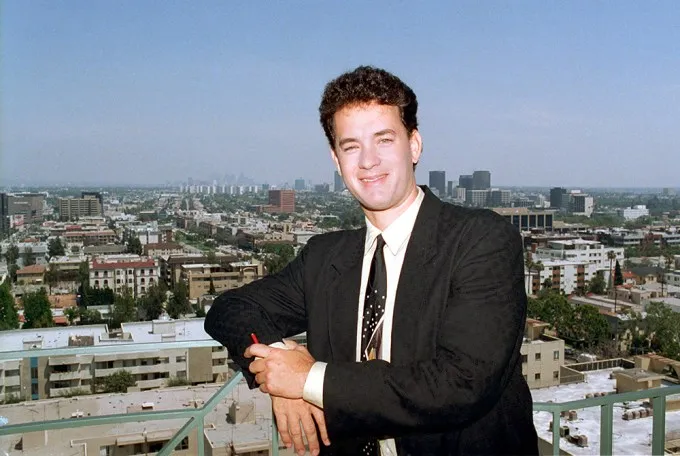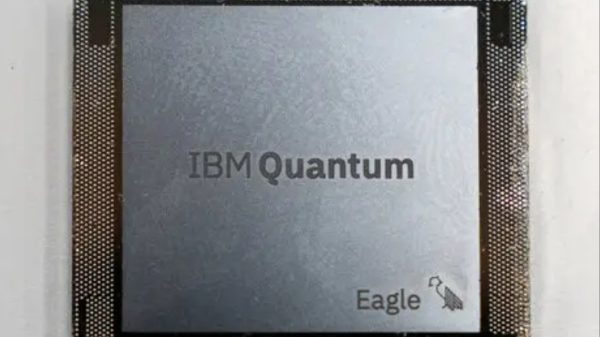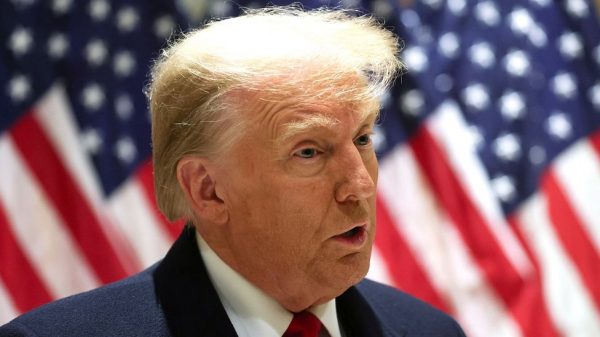Tom Hanks, a renowned Hollywood star, has recently taken to social media to warn his fans about a manipulated video that appears to show him endorsing a dental plan. The video has been created using an artificial intelligence-powered tool that expertly mimics his voice and matches his lip movements. However, Hanks is quick to point out that he has no affiliation with the ad and is not responsible for its creation. This incident highlights the growing concern about the ease with which AI technology can be used to impersonate individuals, including celebrities, and the potential legal and ethical implications of such digital manipulation.
The video in question has left many fans wondering how it was created and who is behind it. Unfortunately, Hanks declined to reveal any details, leaving the mystery unsolved. One thing is certain, though – the tech used to create this ad is rapidly advancing, and the line between reality and fiction is becoming increasingly blurred. As AI technology continues to evolve, it’s likely that we’ll see more instances of digital manipulation, posing challenges not only for celebrities but also for the entertainment industry as a whole.

Tom Hanks (Via Tom Hanks/Twitter)
In recent years, AI has become increasingly sophisticated, allowing creators to produce eerily realistic content that often tricks even the most discerning eyes. Hanks himself has expressed concerns about the growing ability of AI to create digital versions of individuals, saying that it’s only a matter of time before technology advanced enough to create “lifelike” simulations of people. He even joked that if he were to suddenly pass away, AI-powered performances of himself could continue to be created, potentially blurring the lines between reality and fiction.
This worry is deeply rooted in the ongoing actors strike, which revolves around the creation of digital likenesses of movie stars. With AI technology advancing rapidly, movie studios are eager to explore the possibilities of using digital doubles to reduce costs and increase production. While this could lead to new artistic possibilities, it also raises concerns about the potential exploitation of stars’ likenesses and the impact on their careers.
Ultimately, the incident highlights the need for greater transparency and regulation when it comes to AI-generated content. As technology continues to advance, it’s essential that we have clear guidelines in place to ensure that individuals can maintain control over their digital identities and that the boundaries between reality and fiction are respected.









































